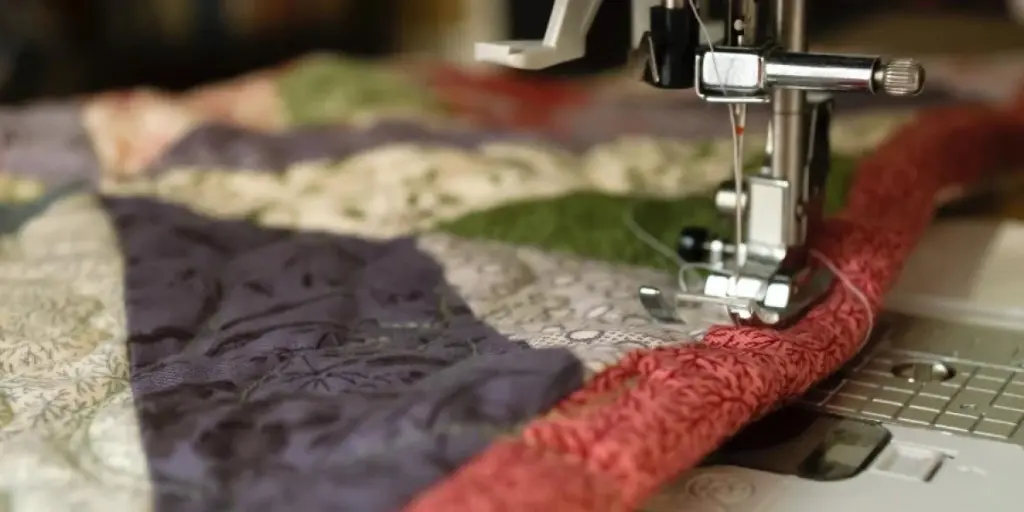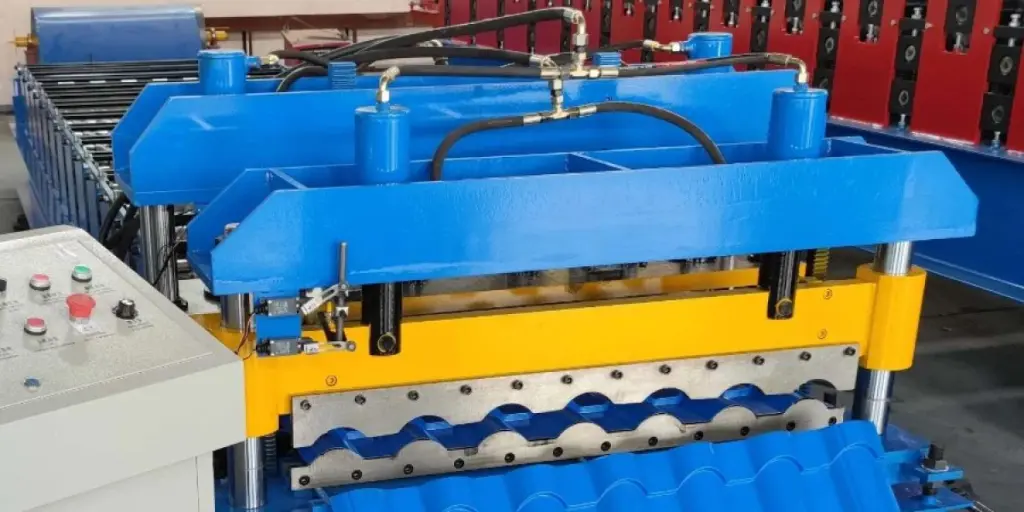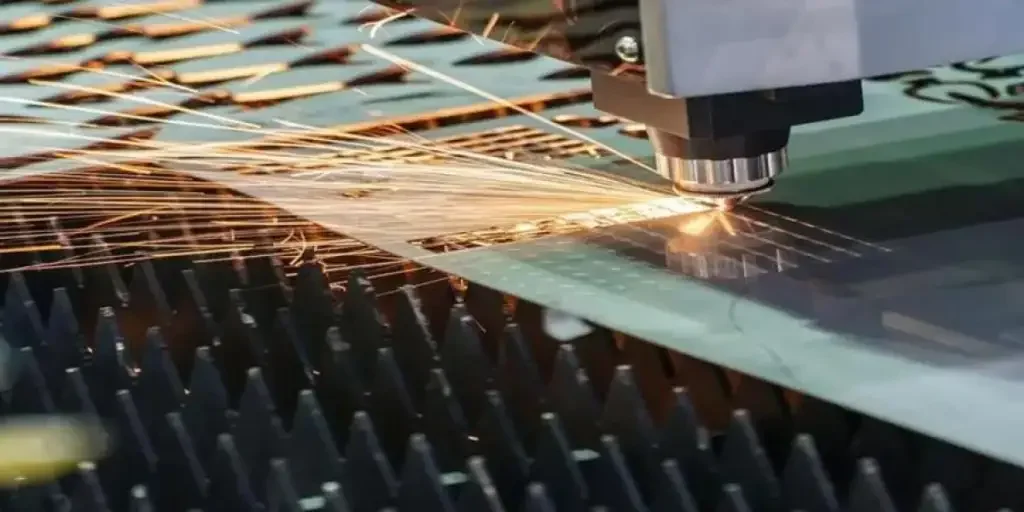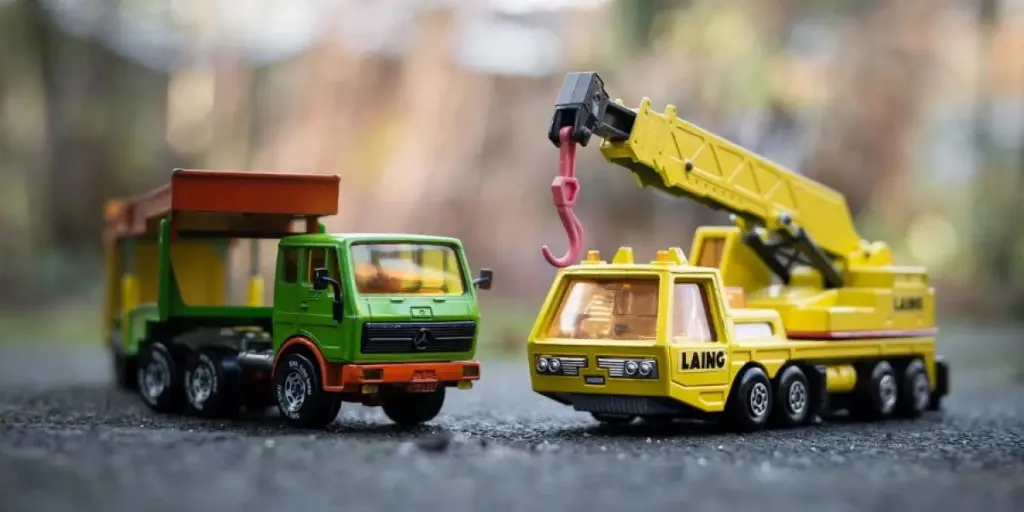While a standard sewing machine can be used for quilting, a quilting machine has additional features and functions that distinguish it from a regular sewing machine. This article provides an overview of the key differences between sewing and quilting machines and their applications and features.
Table of Contents
Sewing and quilting machine market
Differentiating between sewing and quilting
Can sewing machines be used for quilting?
Sewing and quilting machine market
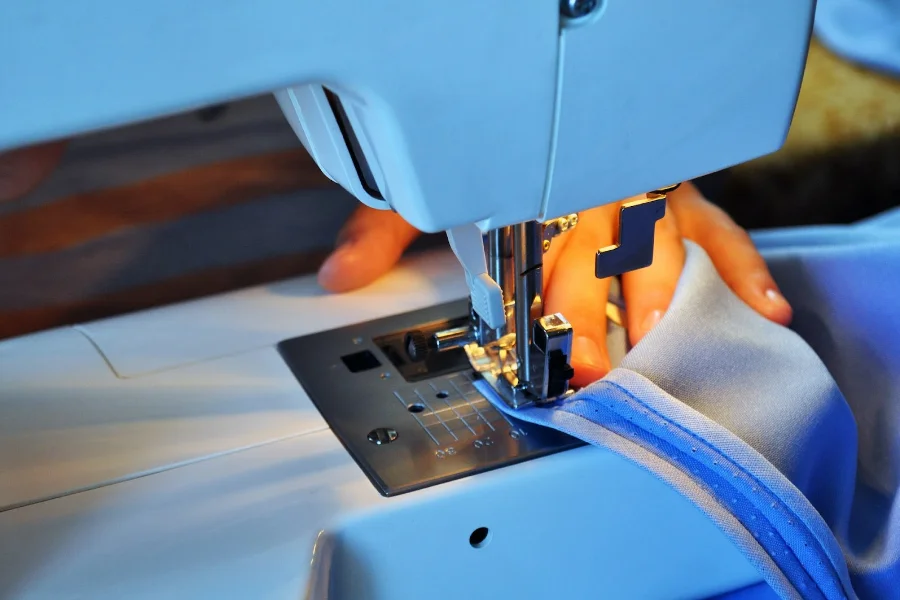
The global sewing machine market was valued at USD 4.2 billion in 2021 and is expected to grow at a CAGR of 5.2% between 2022 and 2028. The industrial segment accounted for 68% of total market shares in 2021 and is expected to grow at a CAGR of 4.5% throughout the same period. The availability of computerized electrical machines and the demand for mass-produced garments are expected to fuel market growth over the coming years.
The quilting machine market is also rapidly expanding thanks to the growing popularity of home goods such as tablecloths, curtains, wall hangings, and mattresses. This rising demand is pushing manufacturers to invest in advanced machines that produce high-quality results in a shorter time frame.
Sewing and quilting may sound similar, but they differ in some ways. Let us delve into both processes to gain a better understanding.
Differentiating between sewing and quilting
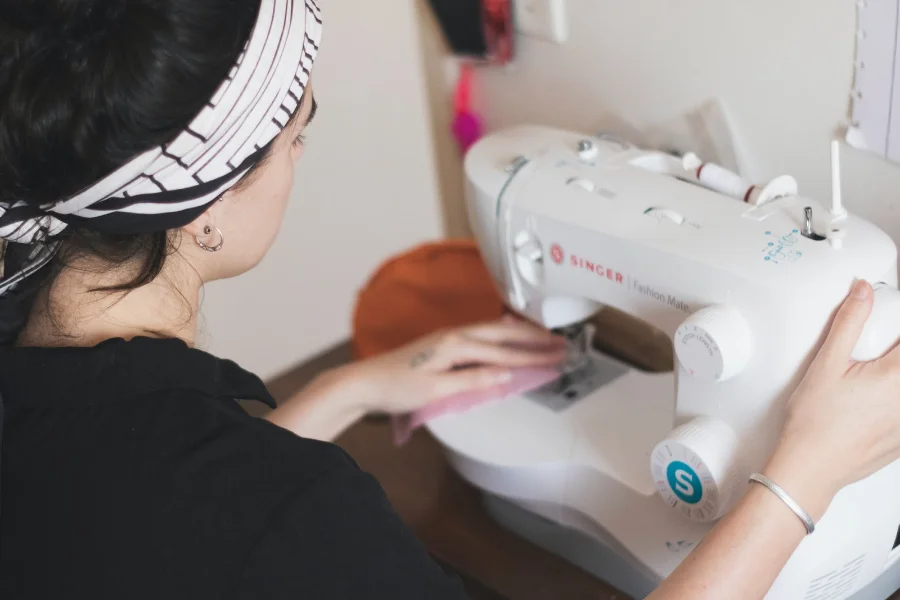
Quilting and sewing are not entirely different; in fact, quilting is a subset of sewing. Creating a design, cutting and piecing fabrics, binding, layering, and appliqueing are all part of the quilting process. Sewing usually entails cutting out patterns and making adjustments, among other things.
Layering: A quilt usually has at least three layers; a carefully designed top, batting in the middle, and backing. On the other hand, sewing is a simpler process involving stitching two pieces of fabric together using a needle and thread.
Lining: A cozy lining is used as insulation in the middle layer when quilting. Flannel and fleece are also used for insulation, though batting is the most common material. However, the sewing process does not necessitate the addition of a middle layer.
Purpose: The main and most obvious distinction between the two is their purpose. Quilting is reserved for quilts. Although it can be used to quilt bags and other items, this process is most commonly associated with making blankets. Sewing, on the other hand, is mostly used for stitching clothing and other accessories.
Differences
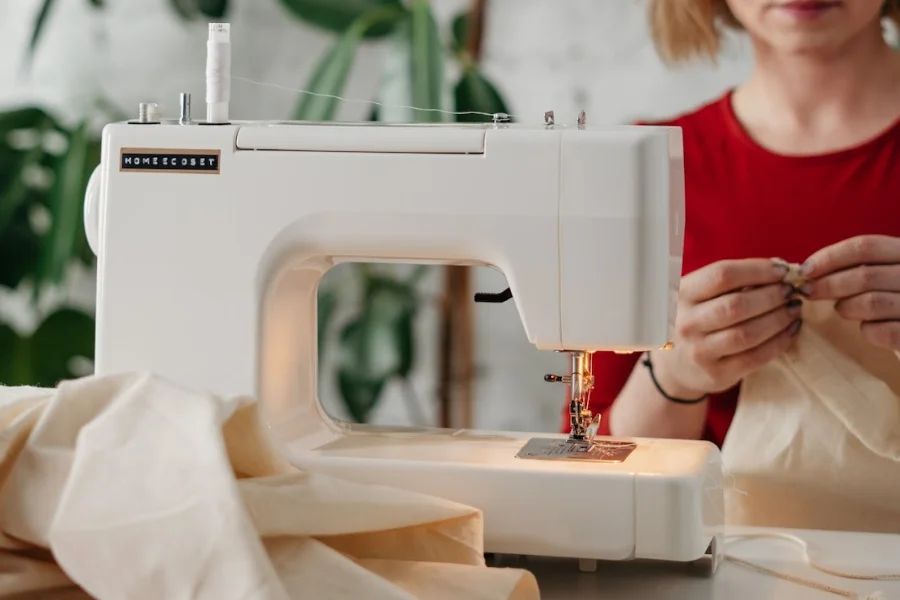
Quilting and sewing were initially done by hand. However, both processes are now carried out with the assistance of a machine. Quilting machines typically have a higher impact for use and several accessories attached to them. Sewing machines, on the other hand, are much more straightforward. Let’s look at the key differences between the two machines.
1) Workspace
One significant difference between a regular sewing machine and a quilting machine is the workspace on the machine. This is determined by the throat of the machine, which is directly influenced by the overall length of the machine. In short, the longer the machine, the wider the throat and the larger the workspace.
A sewing machine of a standard size of 42” X 21” is sufficient for basic sewing needs and easy home decor projects. However, a larger work area is required for large projects like quilts, and quilting machines provide this because of the ample throat space. The standard frame size of quilting machines is 96” x 108”.
2) Accessories for extension
Extra space may be required when working on large projects, such as a queen-sized quilt, because many pieces of fabric are being joined together to create a larger piece. Some quilting machines include an extension table accessory that fits tightly against the machine to allow users to move around more freely while quilting.
Some quilting machines come with this accessory, while others make it available as an add-on.
3) Stitching counts per minute
The speed of industrial sewing machines can range from 1,000 to 5,000 stitches per minute, which is higher than quilting machines. It makes large projects more manageable, especially binding, which requires a lot of straight stitching.
Additionally, machines that deliver high speed are known to be more durable to bear the speed of the motor. This motor helps the machine push through multiple layers of fabric with ease.
4) Foot accessories
Sewing and quilting machines come with different sewing feet. The quilting machine has specific foot accessories such as quarter-inch piercing food, free motion foot, and walking foot.
Quarter-inch piercing foot: A quarter-inch seam allowance is the standard size of a seam in machine piecing. It can be useful in quilting projects with a narrow seam allowance. Also, it provides excellent accuracy and precision in complex projects with multiple layers. The quarter-inch foot is usually included with the accessories when purchasing a quilting machine.
Free-motion foot: It reduces the number of skipped stitches and protects the finger by allowing free-hand stitching. This accessory will enable users to stitch patterns while moving the fabric in any direction. Furthermore, the stitching visibility is improved because of the open-toe version that comes with this foot. This item is ideal for beginners because it makes quilting more straightforward and enjoyable.
Walking foot: When feeding through multiple layers of heavy fabric, such as a quilt, a walking foot comes in handy. This accessory serves as an additional pair of feed dogs for the quilt’s top layer. It is also helpful in slipper fabrics and increases the speed of the task. In most quilting machines, it is an optional accessory.
Can sewing machines be used for quilting?

Aside from a few features added or removed, quilting and sewing machines are remarkably similar. While some quilts can be finished with a standard sewing machine, others would benefit from using a quilting machine.
Although most regular sewing machines will suffice, a quilting machine will make quilting much faster and easier. Moreover, before deciding to use a traditional sewing machine for quilting, there are a few things to consider.
Size of the quilt: Users will find it challenging to maneuver large pieces of fabric using a standard sewing machine, which will be more suitable for small quilts or other small projects. However, users can develop clever techniques to accommodate bigger quilts using a regular sewing machine.
Machine durability: Domestic sewing machines are solid and capable of handling heavy or multiple layers of fabric. These machines can be used for any type of quilting process, including layering and machine piecing. Although quilts can be made on sewing machines, quilting machines are much more reliable and stable. This is because they can handle higher speeds.
Foot accessories: An ordinary sewing machine will limit the designs of a quilt as it can only make straight or zigzag stitches. If users want to upgrade their designs, they need to purchase a free-motion quilting foot that can be attached to a sewing machine. Thus, users can create unique designs by adding foot accessories to a standard machine.
Conclusion
Despite having many similarities, quilting and sewing have unique qualities that make them more suitable for specific applications. The fundamental characteristics, distinctions, and uses of the two machines were covered in this article. Visit Alibaba.com to explore the top sewing and quilting machines.
